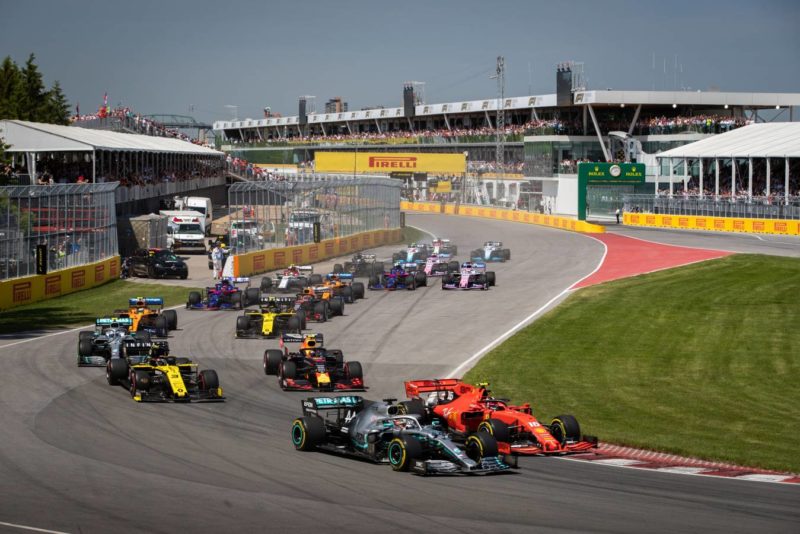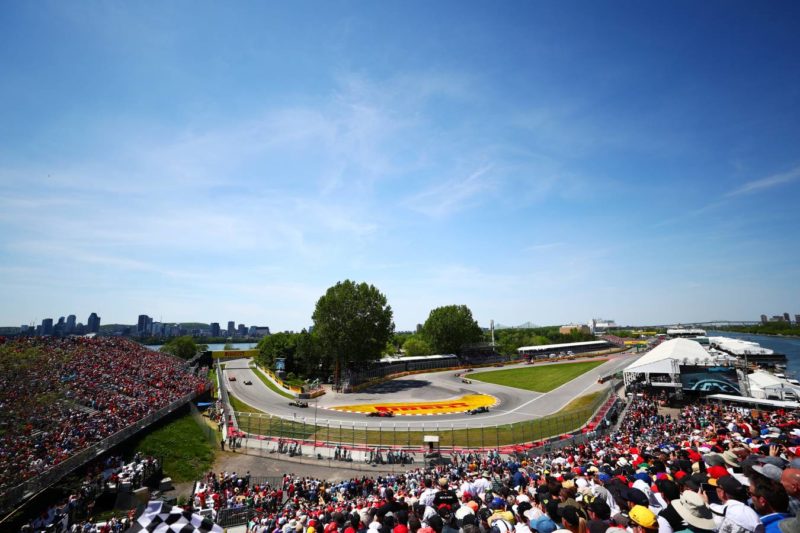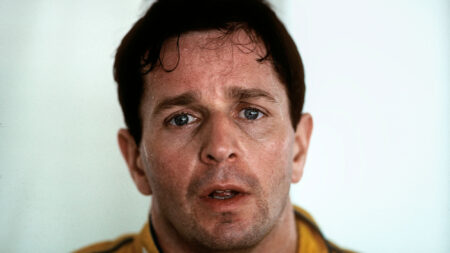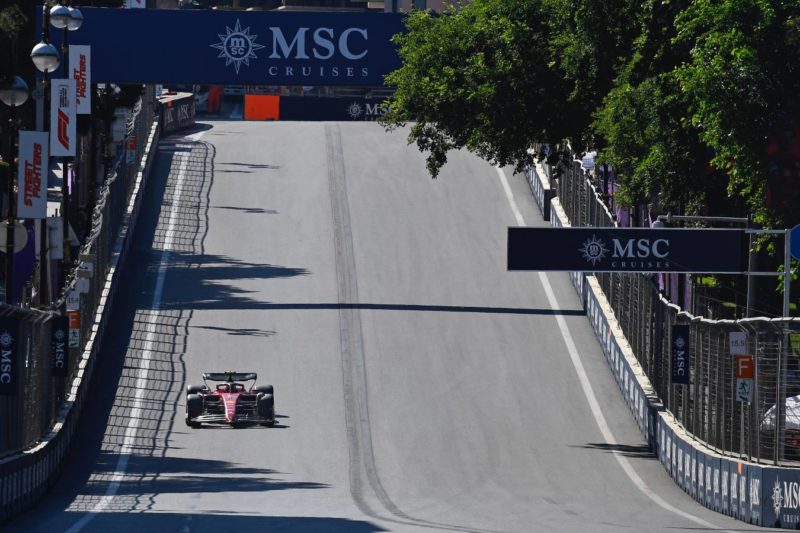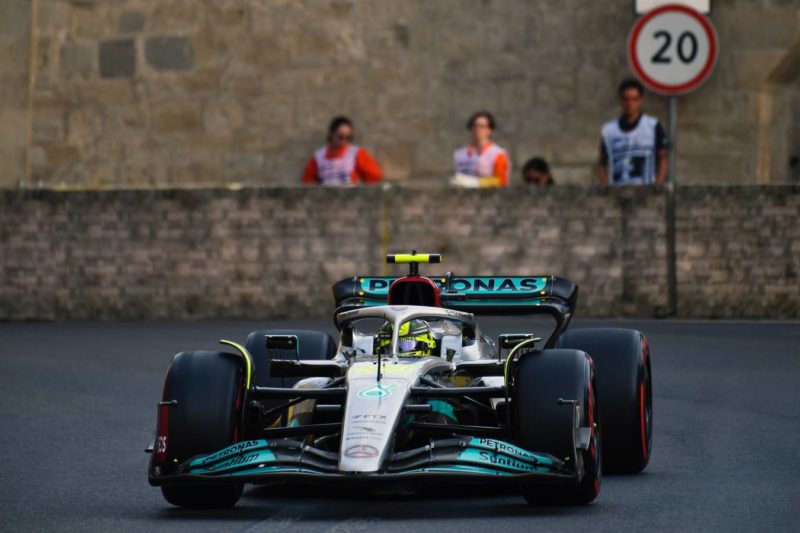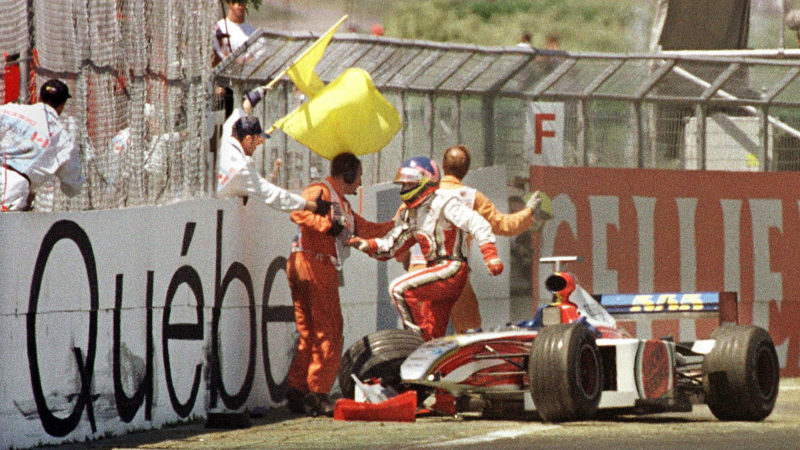Its most recent race, in 2019, provided a moment of high drama, ending in Sebastian Vettel switching the number 1 and 2 boards in Parc Ferme, after he lost victory to Lewis Hamilton due to a controversial five-second penalty.
It also hosted one of Formula 1’s greatest ever races in 2011 where Jenson Button came from last – via six pitstops – to win on the final lap in treacherous wet conditions.
There’s every possibility of another entertaining race as the grid heads into the relative unknown, having not raced there since 2019, with the frontrunners closely matched, and with the circuit’s natural unpredictability lying in wait.
“Canada will pose a number of questions marks for the teams,” said Mario Isola, Pirelli’s motorsport director.
“The weather is often variable, all previous data is three years old, and we have a completely different range of tyres with new compounds and structures on a track that is hardly ever used – which will lead to a very high degree of evolution.
“One interesting aspect to Montreal is that it has one of the lowest pitlane time loss penalties on the calendar, meaning that a car can be in and out of the pitlane in less than 20 seconds. This could open up a few options in terms of strategy.”
Tackling his home race for the first time will be Nicholas Latifi, in his third season of Formula 1. Both he and fellow Canadian Lance Stroll need as much support as they can get from their compatriots, given a run of disappointing performances.
Can anybody stop Verstappen from claiming back-to-back crowns?
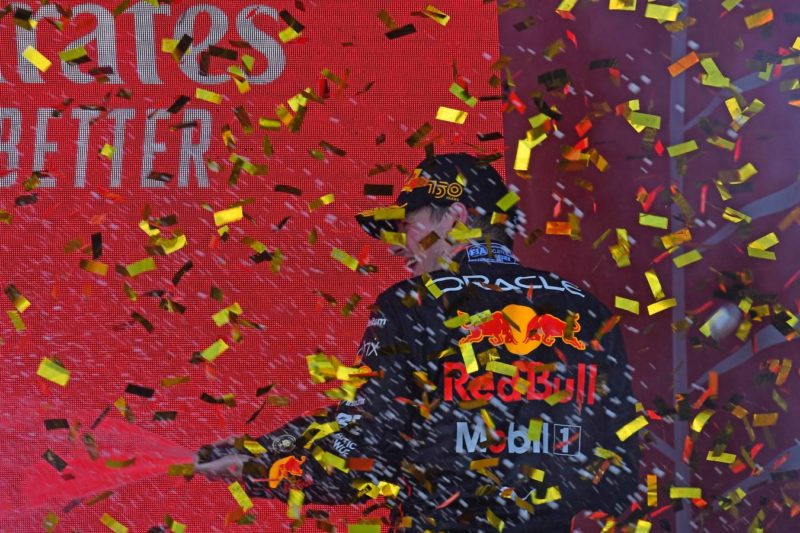
Verstappen’s win at Baku makes him the youngest ever driver to reach 25 Grand Prix victories at the age of 24 years, 255 days
After the opening three races, Verstappen was 46 points off then-championship leader Charles Leclerc after his Red Bull had retired twice, which left the Dutchman rather downbeat.
“We are already miles behind, so I don’t really even want to think about the championship battle at the moment,” he said after his second retirement. “I think it’s more important to finish races.”
Five wins later for Verstappen, combined with two retirements for Leclerc, we’re presented with an entirely different picture that shows Red Bull as having the strongest race day package.
Once Verstappen passed Perez for the lead in Baku, nobody was really ever able to match his pace and he won by more than 20sec. “You could see Max was very motivated,” said his dad, Jos Verstappen.
“That had of course to do with the previous race in Monaco [where Perez won], but he doesn’t really let it get to him. I think that’s very beautiful, it only makes him better. A challenged Max is an even better Max.”
